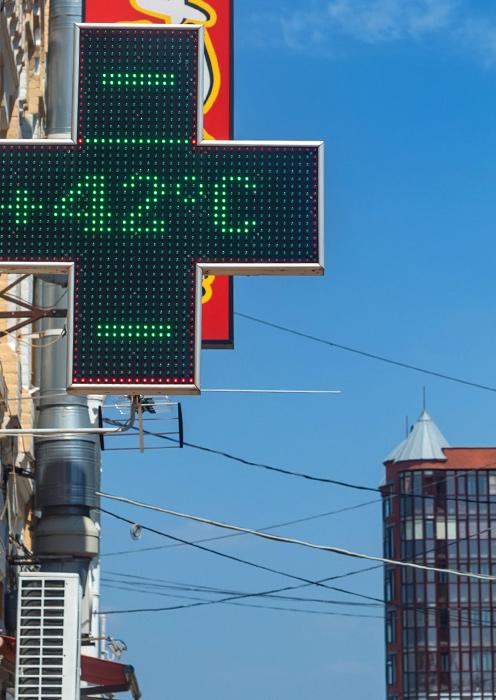Cooling Solutions for Urban Environments
Reducing or preventing the urban heat island effect as well as reducing the need for active cooling solutions such as air conditioning to cool buildings and vehicles in urban areas will require a rethinking of conventional urban planning and design.
This may include measures such as reducing the surface area occupied by dark-colored parking spaces and roads as well as increasing the amount of vegetation cover; applying lighter colored materials, coatings and paintings to create cool roofs and cool pavements; and smartly using urban form and density to promote natural ventilation as well as a reduction in heat build-up. In addition, cities can leverage district-level opportunities to provide efficient cooling at scale.
Several policy examples and business models are presented in this document.




